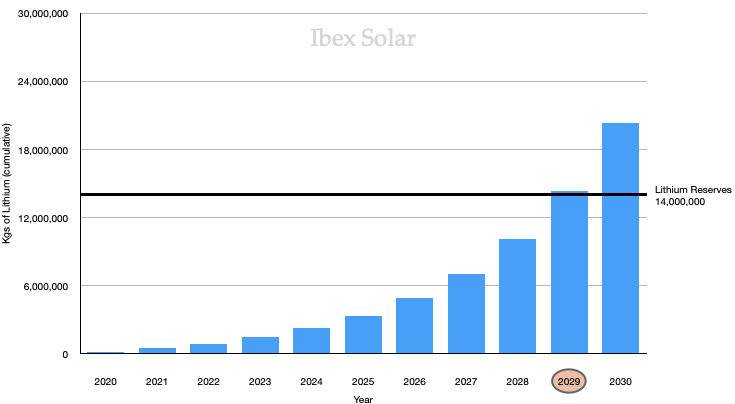
India’s Atomic Energy Commission recently announced that they’ve discovered Lithium reserves near Mandya, Karnataka that might yield 14,000 tonnes of Lithium. The exact location is around the villages of Allapatna & Marlagalla, as can be seen from the map below.
How big of a deal is this? 14,000 tonnes is not much considering that global Lithium reserves are about 35 million tonnes. We are currently importing about US$1 billion worth of Lithium from the likes of Chile & Argentina. But let’s see what we can do with this much of Lithium:
Estimating Lithium consumption for electric cars:
A mid range electric car such as Tata Nexon or Hyundai Kona uses a 35 KWh battery pack that requires 6 Kg of Lithium. An electric bike on the other hand uses a 2.5 KWh battery.
There were 4,00,000 2/3 wheeler & 5,000 (yeah, you read that correct!) cars sold in the EV segment in India last year. The segment is expected to grow at a growth rate of 40% each year until 2030.
Estimating Lithium consumption for storage (residential/commercial/grid) battery consumption:
According to this article, storage batteries are expected to grow from 24 GWh in 2018 to 270 GWh by 2025. This means a compounded annual growth rate (CAGR) of 41%. Assume the same growth rate till 2030
Taking these numbers, we derive that the 14,000 tonnes of Lithium would last us for the next 9 years. Which is not a lot, but still large enough making it worth harnessing & might give us a cost advantage to further reduce the prices of electric vehicles & Li-ion batteries. See the below project graph & tables for more detailed calculations.


